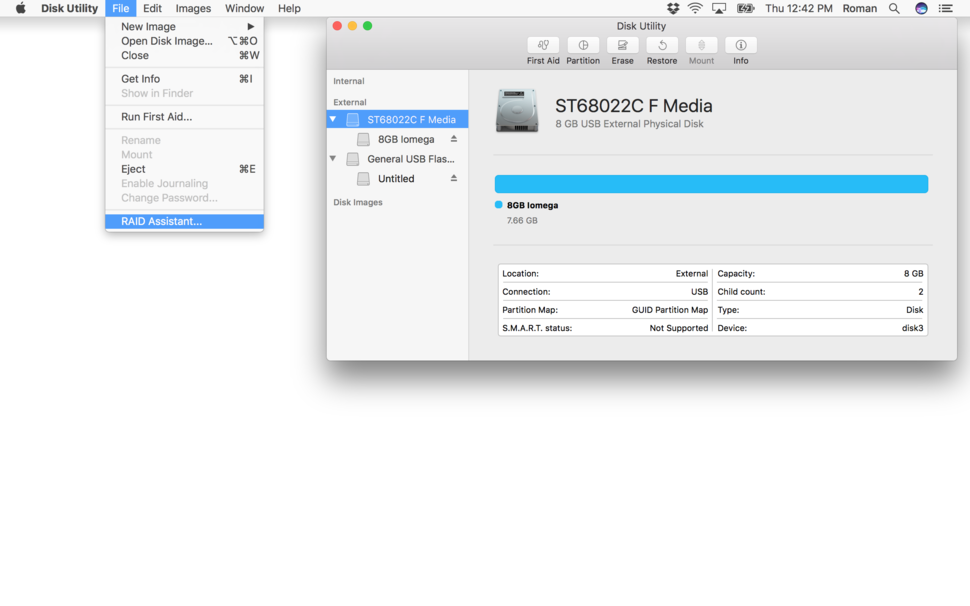Mandrake Linux 8.0 Released For Mac
Mandrakesoft has released its latest distribution of linux. Mandrake linux 9.0, also called dolphin, is available for download and will soon be available in retail packs in mid-october. [ Mandrake's Gael Duval wrote in to let us know that this is a release candidate, and that a formal announcement on availability and mirrors is forthcoming. ] Cedric Godart wrote in to let us know Mandrake 8.0 for PPC is now available.
Give Your Old Mac New Life The move by Apple to Mac OS X is leaving many feeling left behind. Perhaps you have a pre-G3 Power Mac which won’t run it at all.
Or you own an older G3 or iMac (I have a G3 350) and you worry about all of Aqua’s glitz and glamour slowing your computer to a crawl. Or you just aren’t ready to shell out $130 for a new operating system when you know you’ll be spending most of your time in OS 9. Thankfully there’s another way to experience a Unix-based OS with a mostly intuitive GUI, and best of all it’s free. With Mandrake, you can follow countless geeks and geek wannabes into the world of Linux. My first experience with Linux was last year, when I agreed to baby-sit a PC for a friend who moved to Boston (I’ve since adopted it with his blessing). He had installed Mandrake Linux 7.2 before leaving it with me, and I quickly learned the first rule of installing Linux: “You will probably have to reinstall Linux.” The computer booted up just fine, but wouldn’t recognize either the keyboard or the mouse.
Archived from on July 22, 2010. Atok 17 for mac os x.
My only option was to reinstall, and I’m glad I did because it taught me lessons that would make installing Mandrake PPC less of a headache. Don’t get me wrong, Mandrake’s reputation as the easiest Linux distribution to install is well deserved, which is the principal reason I waited for their PowerPC version before attempting to install Linux on my Mac.
Preparation Chances are, Linux will be sharing your computer with the Mac OS. In order to set this up, you will need to pre-partition your hard drive. This may involve reformatting, so make sure your drive is backed up first. Set up one partition for the Mac OS (either HFS or HFS+ format) and leave the other unformatted. Divide your disk space wisely; changing the size of the partitions later may require reformatting and reinstalling. Finally, reinstall the Mac OS (if you had to reformat) and restore your data before installing Linux. Installation Following the example set by LinuxPPC, Mandrake can now be installed from a CD (previous versions required making a boot floppy).
Start by loading the Installation CD; the installation instructions can be found in the “doc” folder. I recommend printing these for reference before rebooting from the CD drive (by holding down “c” upon restart). 
Mandrake Linux Operating System
You should see: Welcome to Mandrake Linux PPC! Followed by a prompt. Hit the Tab key and you’ll see a variety of options, including “install-text” for a text-based installation, “install-video” for a graphical installation, “install-net” for a NetBoot graphical install, and “rescue” to go into text-based rescue mode.
Electric utility forums. Most Mac users like graphics, so you’ll probably want “install-video.” The installer will now run and guide you step by step through the process. Most of the instructions are fairly straightforward, but again, don’t be surprised if it doesn’t work the first time. In my case, it took three attempts to get legible video on my monitor (the first two times, I just got jagged, multi-colored, diagonal lines). As I reinstalled, I paid close attention to the options I had previously selected, and on the third try I found the problem. I had chosen Xfree as the graphical user interface (as recommended in the instructions) the first two times. On the third try, I chose Xpmac instead, and my video problem was solved. Running Linux with KDE Your computer should now be split into Mac and Linux partitions.

Linux Mandrake 7.0
When you start up, you’ll hear the familiar startup chime, but then, instead of the happy Mac face, you’ll get the following options: l for GNU/Linux m for Mac OS c for CD-ROM o for Open Firmware Choose Linux. After the OS loads, you’ll be presented with a login screen asking for your user name, password, and the X Window Program you’d like to run (if you had preset these choices during installation, you’ll bypass this step). Let’s start out with KDE. The KDE Desktop (adjusted) Looks kind of familiar, doesn’t it? Admittedly, I spent some time adjusting the settings to make them more Mac-like, and I had to move the icons to the “right” side of the screen. All these adjustments can be made within the KDE Control Center. The open window demonstrates Konqueror, the KDE file browser.
Mandrake Linux 8.0 Released For Mac
Note the combination of icon view and tree structure within the same window. You can drag and drop files from the tree to the icon window and vice versa, or you can split the icon view into multiple panels, then drag files between them.